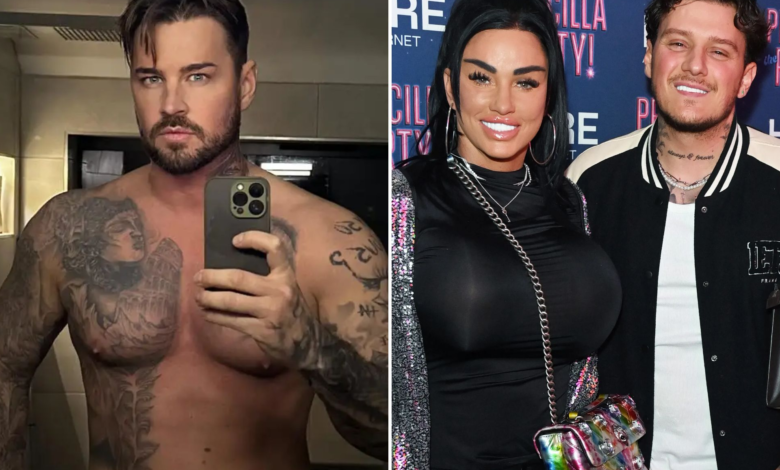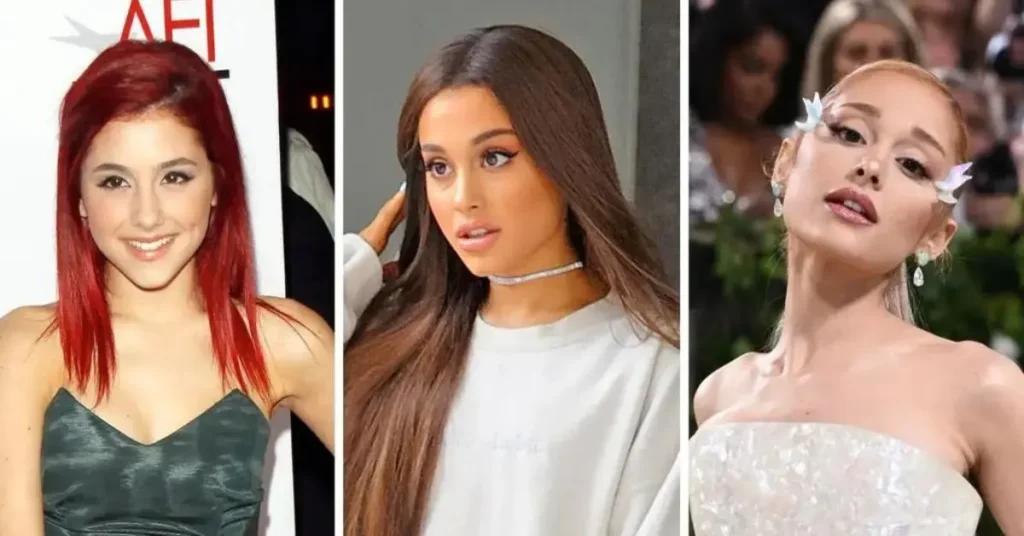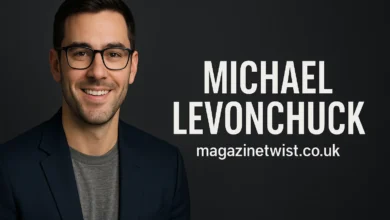The Unlikely Saga of Katie Price Poo Controversy: A Modern Media Phenomenon

Katie Price Poo The world of celebrity news is no stranger to bizarre headlines, but few stories have captured public attention—or raised as many eyebrows—as the infamous “Katie Price poo” incident. Katie Price, a British media personality, model, and businesswoman, has long been a fixture in tabloids due to her larger-than-life persona and tumultuous personal life. However, a peculiar event involving her dog and an unexpected social media post catapulted her into a viral storm that blurred the lines between privacy, humor, and media exploitation.
The incident unfolded when Katie Price Poo shared a now-deleted Instagram story featuring her dog in a compromising situation, accompanied by a candid caption that left little to the imagination. While the post was likely intended as a lighthearted moment, it quickly spiraled into a global talking point. Memes flooded social media, news outlets picked up the story, and debates erupted about the boundaries of sharing personal content online. What might have been a private mishap became a case study of how modern media amplifies even the most mundane aspects of celebrity lives.
Critics argue that the fixation on such incidents reflects a cultural obsession with sensationalism over substance. Yet, others see it as a testament to Katie Price’s ability to remain relevant in an ever-changing media landscape. Her career, built on reality TV, autobiographies, and public vulnerability, has often thrived on controversy. The “poo” episode, while absurd, underscores a deeper truth: in the age of virality, even the most trivial moments can define a celebrity’s narrative.
The Role of Media in Amplifying Personal Incidents
The “Katie Price poo” saga is a prime example of how traditional and digital media collaborate to transform minor events into global spectacles. Tabloids, once limited to print, now compete with social media platforms for real-time engagement. When Katie’s post went live, it took mere hours for screenshots to circulate, sparking headlines like “Katie Price’s Dog Drama Goes Viral” and “Celebrity Blunders: When Pets Steal the Spotlight.” This rapid dissemination highlights the symbiotic relationship between celebrities’ shares and media outlets’ hunger for clickable content.
Media analysts suggest that such coverage thrives because it taps into universal themes—relatability and humor. Pet mishaps are common, and seeing a celebrity grapple with them humanizes figures often placed on pedestals. However, the downside is the erosion of privacy. Every post, story, or tweet becomes potential fodder for public scrutiny, leaving little room for celebrities to separate their personal and public lives. Katie Price, who has navigated bankruptcy, relationship breakdowns, and health struggles in the public eye, is no stranger to this dynamic.
Yet, the media’s role isn’t solely exploitative. Outlets also serve as mirrors reflecting societal values. The overwhelming interest in Katie’s post suggests a collective craving for levity amid heavier news cycles. During times of global uncertainty, absurd stories offer a temporary escape. This duality—criticizing the media while consuming its content—reveals the complexity of modern audience behavior.
Social Media: A Double-Edged Sword for Public Figures

For celebrities like Katie Price, social media is both a lifeline and a liability. Platforms like Instagram and Twitter provide direct access to fans, enabling stars to control their narratives without intermediaries. Katie, with millions of followers, has used this tool to promote ventures, share personal milestones, and address controversies head-on. However, the same platforms can magnify missteps, turning fleeting moments into lasting scandals.
The “poo” incident exemplifies this paradox. What began as a casual, humorous update became a viral sensation, dissected by strangers worldwide. While some fans praised Katie’s authenticity, others criticized her for oversharing. This dichotomy raises questions about the expectations placed on public figures. Are they obligated to maintain a polished image, or does their authenticity justify unfiltered content? The answer lies in the audience’s evolving preferences, which increasingly favor raw, relatable content over curated perfection.
Moreover, social media algorithms prioritize engagement, often at the expense of context. A post like Katie’s, laden with humor and shock value, is primed for shares and comments, ensuring its spread across demographics. This algorithmic bias means that even celebrities with good intentions can inadvertently fuel their controversies. For Katie, whose brand is intertwined with her unfiltered persona, navigating this landscape requires a delicate balance between transparency and self-preservation.
The Psychological Impact of Public Ridicule
Behind the memes and headlines lies a less-discussed consequence of viral scandals: the psychological toll on those involved. Katie Price has openly discussed her mental health struggles, including anxiety and depression, exacerbated by relentless media attention. While the “poo” incident may seem harmless on the surface, the cumulative effect of public ridicule can deepen existing emotional wounds.
Psychologists note that viral shaming activates similar neural pathways as physical pain, creating lasting emotional scars. For celebrities, whose livelihoods depend on public perception, this scrutiny can feel inescapable. Katie’s decision to address the incident humorously—even leaning into the narrative—may reflect a coping mechanism. By reclaiming the story, she mitigates its power to harm her. Yet, this approach isn’t foolproof; it risks normalizing invasive scrutiny and desensitizing audiences to the humanity of public figures.
The incident also sparks conversations about empathy in digital spaces. While anonymity emboldens critics, it’s crucial to remember that viral subjects are real people with complex emotions. The line between good-natured teasing and cyberbullying is often blurred, and celebrities like Katie Price become litmus tests for societal attitudes toward mental health and privacy.
Legal and Ethical Boundaries in Celebrity Reporting
The “Katie Price poo” episode reignites debates about media ethics. Should outlets report such incidents, or does doing so cross into privacy violations? Legal frameworks vary, but in many jurisdictions, celebrities’ public social media posts are considered fair game for reporting. However, ethical journalism requires weighing newsworthiness against potential harm—a balance often ignored in pursuit of clicks.
Katie’s case is complicated by her history of inviting media into her life. Reality stars, by nature, commodify their personal experiences, creating ambiguity about what’s private. Yet, consent to share certain aspects doesn’t equate to blanket permission. Legal experts argue that repetitive coverage of trivial incidents borders on harassment, particularly when it sidelines more substantive issues. For instance, Katie’s advocacy for disability rights (her son Harvey has complex needs) often receives less attention than her tabloid scandals.
This disparity underscores a systemic issue: media outlets prioritize stories that generate revenue, often at the expense of responsible reporting. While the public bears some responsibility for consuming such content, the industry must also reflect on its role in shaping cultural values.
Lessons from the Katie Price Poo Saga: A Cultural Mirror

The absurdity of the “Katie Price poo” incident belies its significance as a cultural artifact. It reflects broader trends in media consumption, celebrity culture, and digital communication. For audiences, it’s a reminder of the power dynamics at play: every click, share, or comment fuels the media machine. For public figures, it highlights the risks and rewards of authenticity in an age of perpetual surveillance.
Moving forward, the incident invites introspection. How can society balance the right to privacy with the public’s appetite for entertainment? Can media outlets prioritize ethical reporting without sacrificing profitability? And how can individuals navigate digital spaces with empathy and critical thinking? While the answers are complex, the conversation sparked by Katie’s viral moment is a step toward addressing these challenges.
FAQs: Understanding the Katie Price Poo Controversy
Q: What exactly happened in the “Katie Price poo” incident?
A: Katie Price shared an Instagram story featuring her dog in a humorous, messy situation, which went viral. The post was widely shared and mocked, sparking debates about privacy and media sensationalism.
Q: Why did this incident gain so much attention?
A: The combination of Katie’s celebrity status, the relatability of pet mishaps, and social media’s amplification mechanisms fueled its virality. Outlets capitalized on its shock value for clicks.
Q: Has Katie Price addressed the controversy publicly?
A: Yes. Katie responded with humor, leaning into the narrative in subsequent posts. However, she has also spoken about the mental health impact of relentless media scrutiny.
Q: Are there legal repercussions for media outlets covering such incidents?
A: Generally, no—celebrities’ public social media content is considered fair game. However, ethical concerns arise when coverage becomes repetitive or exploitative.
Q: What lessons can be learned from this saga?
A: The incident highlights the need for empathy in digital interactions, ethical media practices, and critical audience engagement with viral content.
Q: How has this affected Katie Price’s career?
A: While the incident added to her controversial image, Katie’s career has long thrived on media attention. It underscores her resilience but also the precariousness of fame in the digital age.



